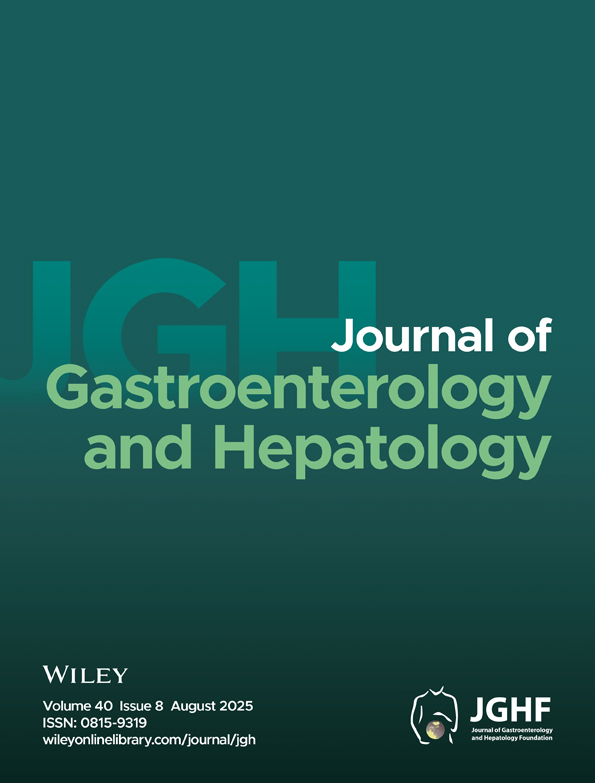Fatty liver in non-alcoholic non-overweight Japanese adults: Incidence and clinical characteristics
Abstract
Background and Aims: Fatty liver is not uncommon in many countries, including Japan, and is mainly caused by alcohol usage and obesity. The aim of this study was to determine the incidence and causative factors of fatty liver in Japanese adults.
Methods: The clinical characteristics of 3432 Japanese adults who visited our hospital between January and December 2000 for thorough medical examinations were recorded including sex, age, body mass index (BMI), percentage body fat measurement using a bipedal bioimpedance instrument, history of alcohol intake, blood pressure, serum levels of aspartate aminotransferase, alanine aminotransferase (ALT), γ-glutamyl transpeptidase, total cholesterol, triglyceride, uric acid, fasting blood glucose (FBG), and liver status by ultrasonography (USG).
Results: Of 3432 participants, 747 (21.8%) were diagnosed as having fatty liver by USG, 1873 (54.6%) were ‘daily alcohol drinkers’, and 698 (20.3%) were overweight (BMI ≥ 25 kg/m2). Fatty liver was more frequent in men and overweight subjects (P < 0.01), whereas there was no significant difference in the proportion of the ‘daily alcohol drinker’ between fatty liver and non-fatty liver participants. The logistic regression analysis showed that BMI, ALT, and triglyceride were independent predictors of fatty liver in both sexes, and FBG, uric acid, percentage body fat, and total cholesterol were independent predictors of fatty liver only in men. It was noted that 319 (9.3%) were non-alcoholic individuals with fatty liver, and 141 (4.1%) were non-alcoholic and non-overweight individuals with fatty liver. The logistic regression analysis showed that percentage body fat was an independent predictor of fatty liver in non-alcoholic and non-overweight participants in both sexes, although non-significant in women in the whole group.
Conclusions: In our study population, 21.8% had fatty liver diagnosed by USG, 9.3% were non-alcoholic with fatty liver, and 4.1% were non-alcoholic and non-overweight with fatty liver. Our results suggest that central body fat distribution can correlate with the development of fatty liver, and that measurement of percentage body fat is useful to assess the etiology of fatty liver in non-alcoholic and non-overweight participants, particularly women.




